Full text
PDF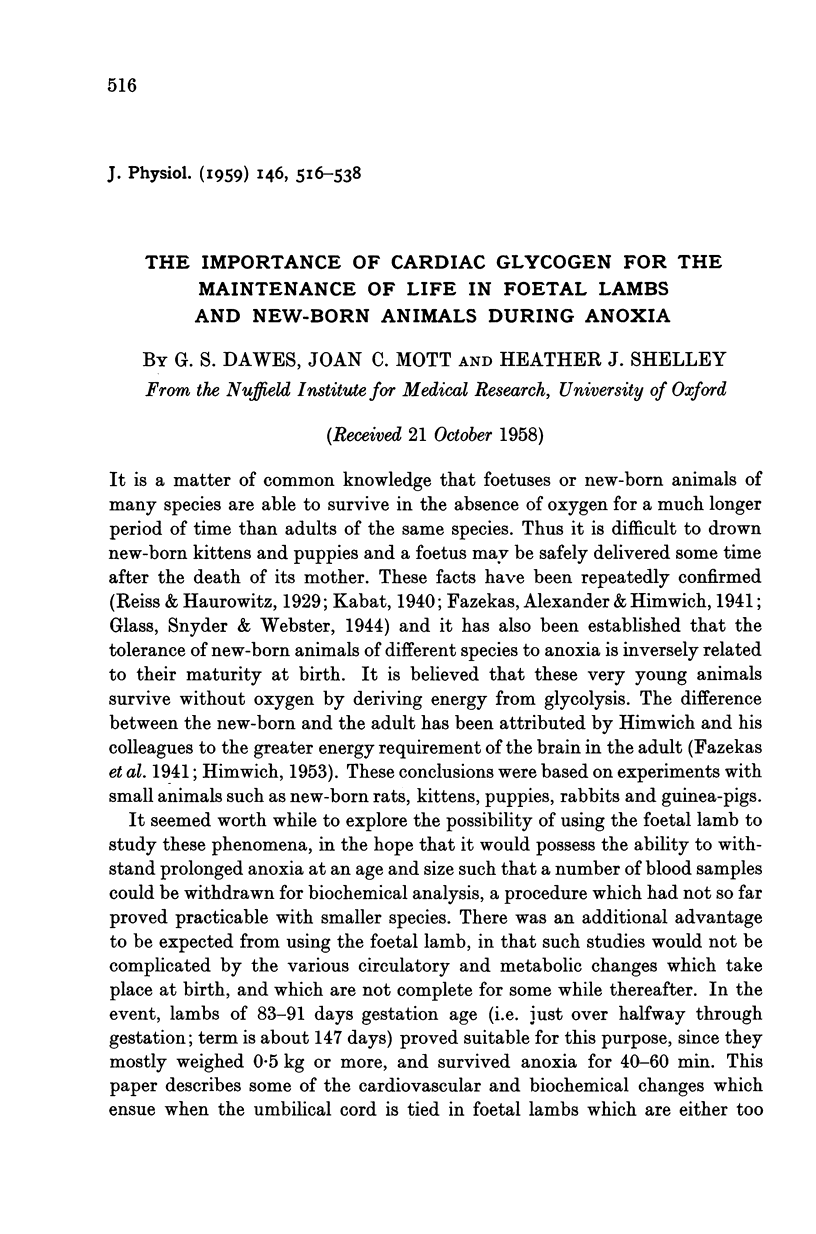
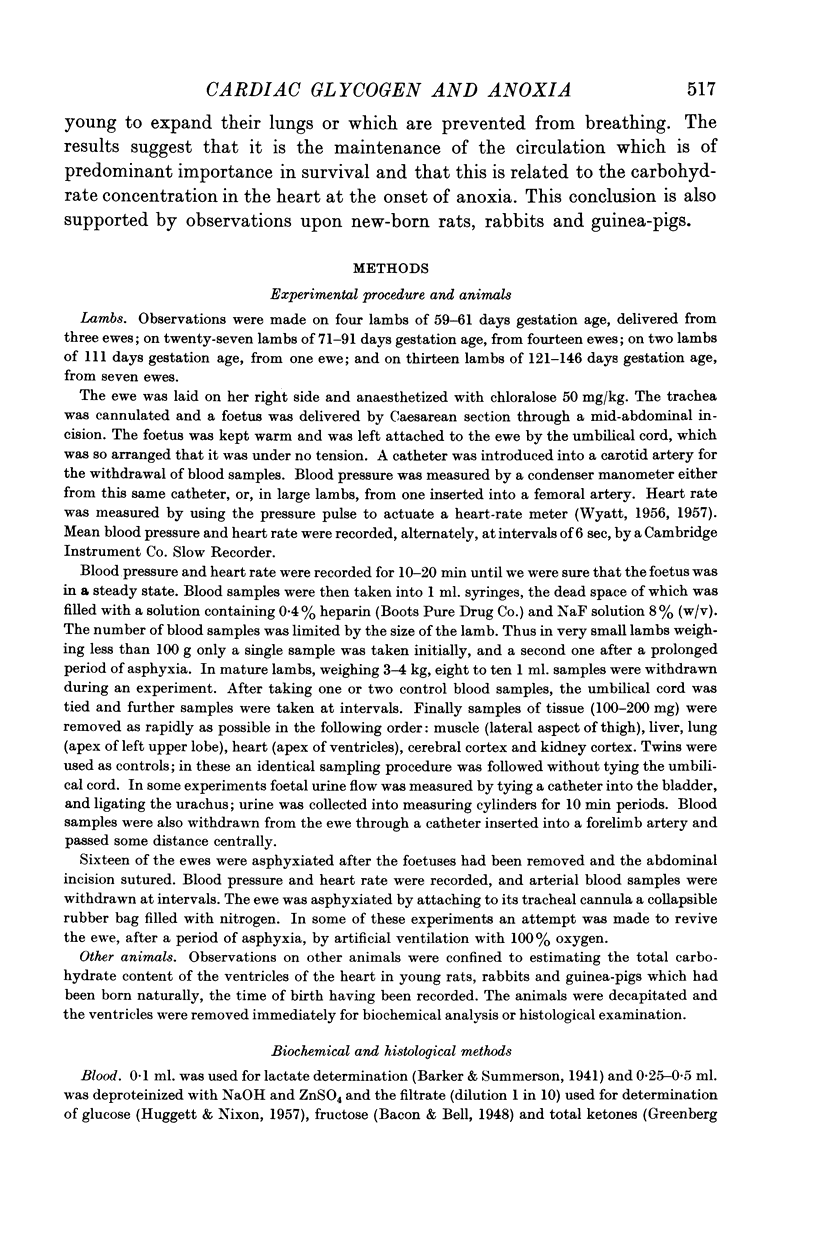
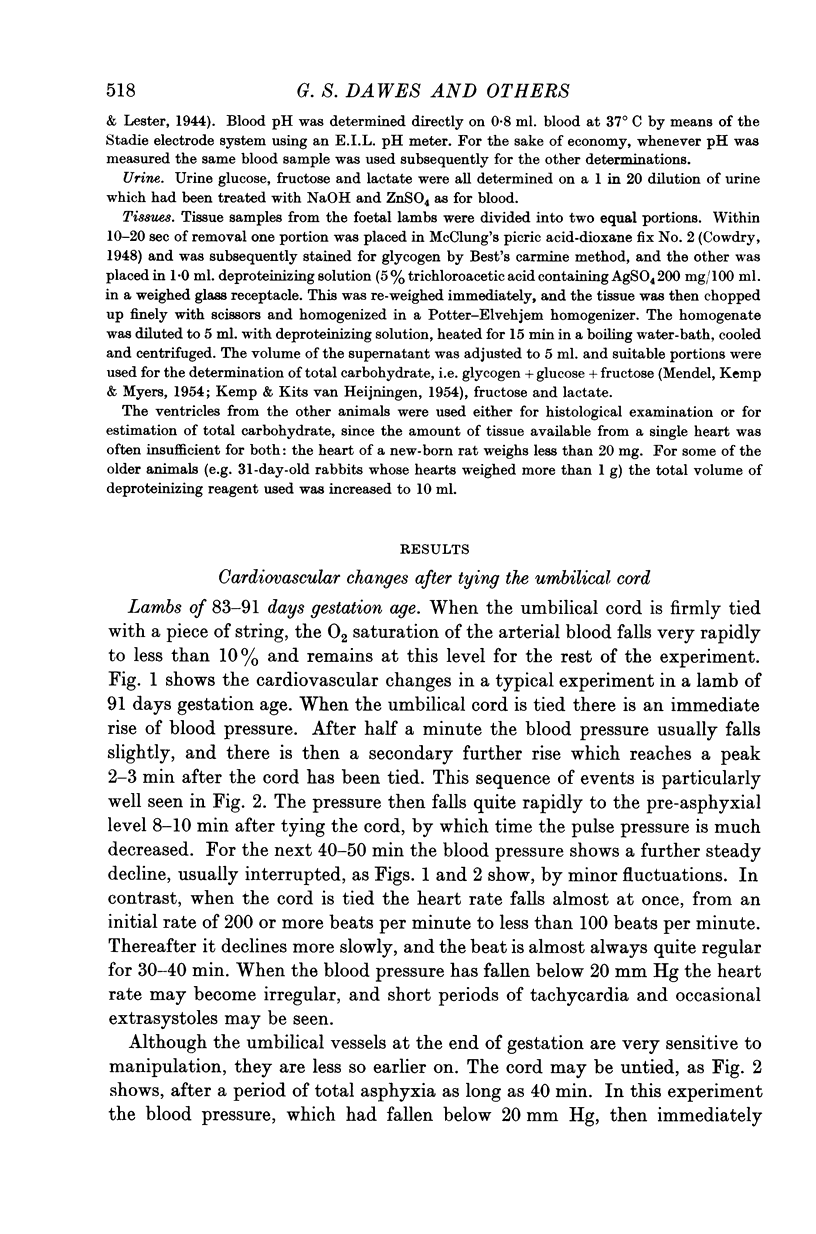
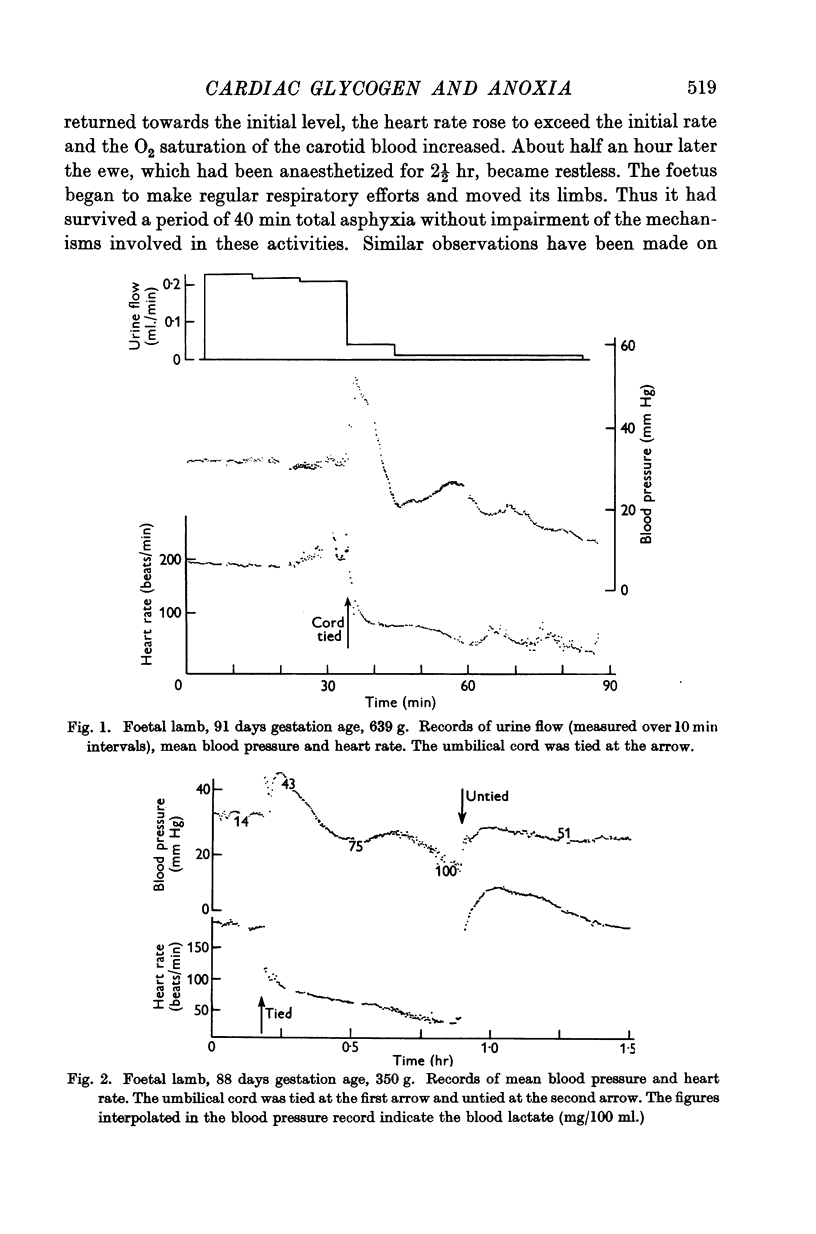
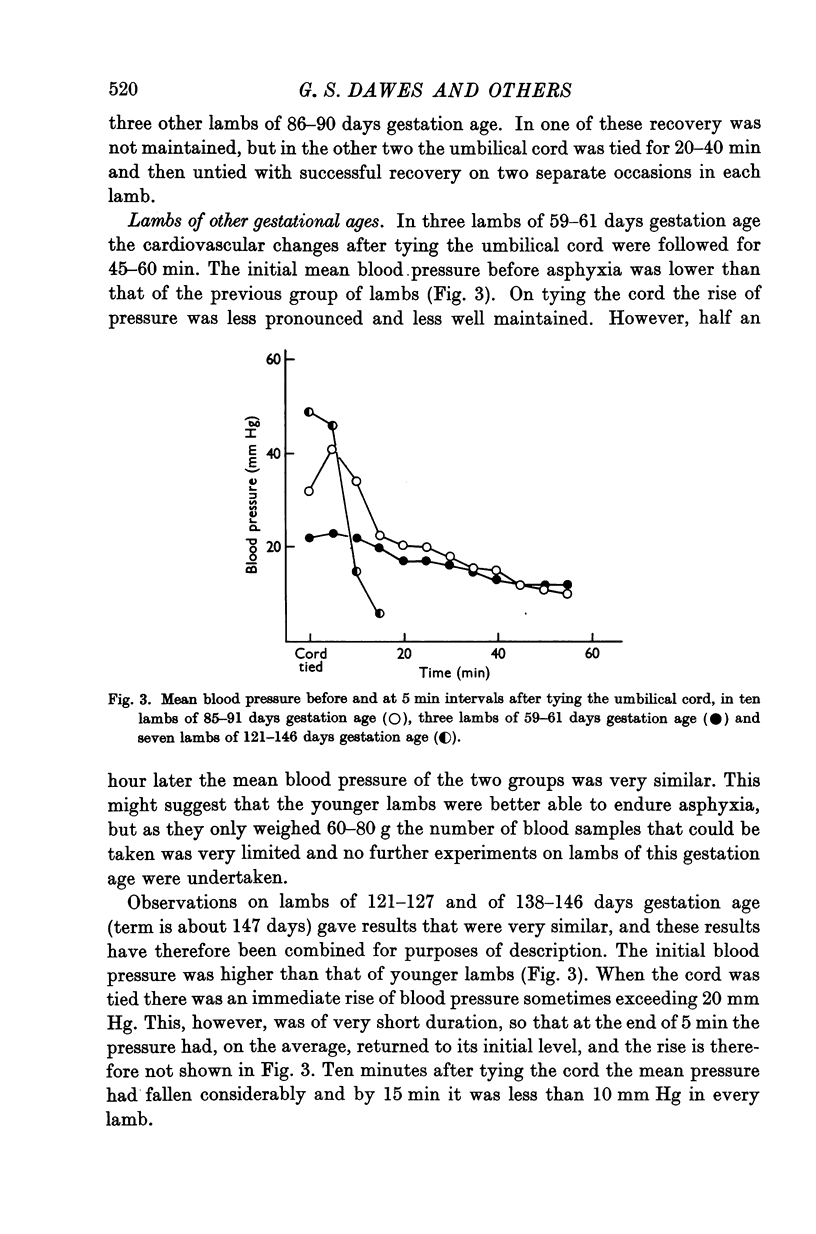
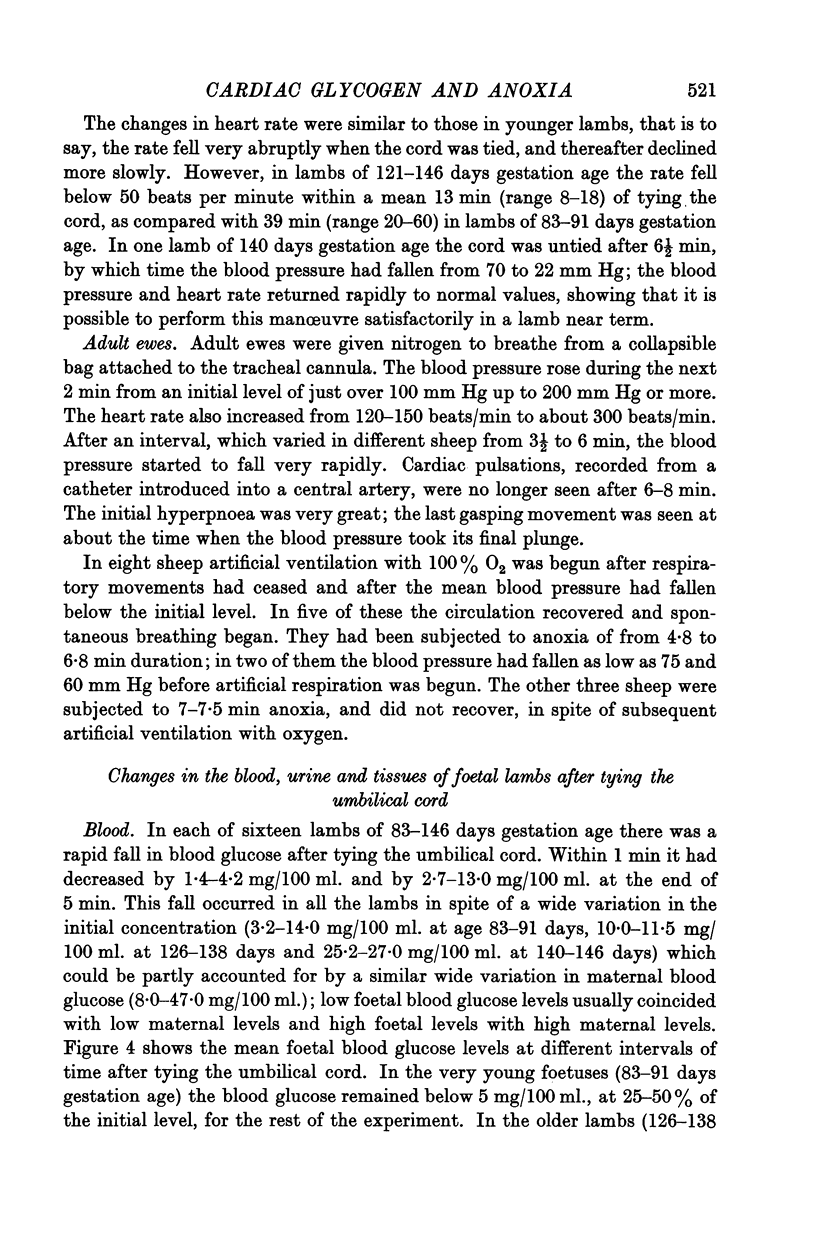
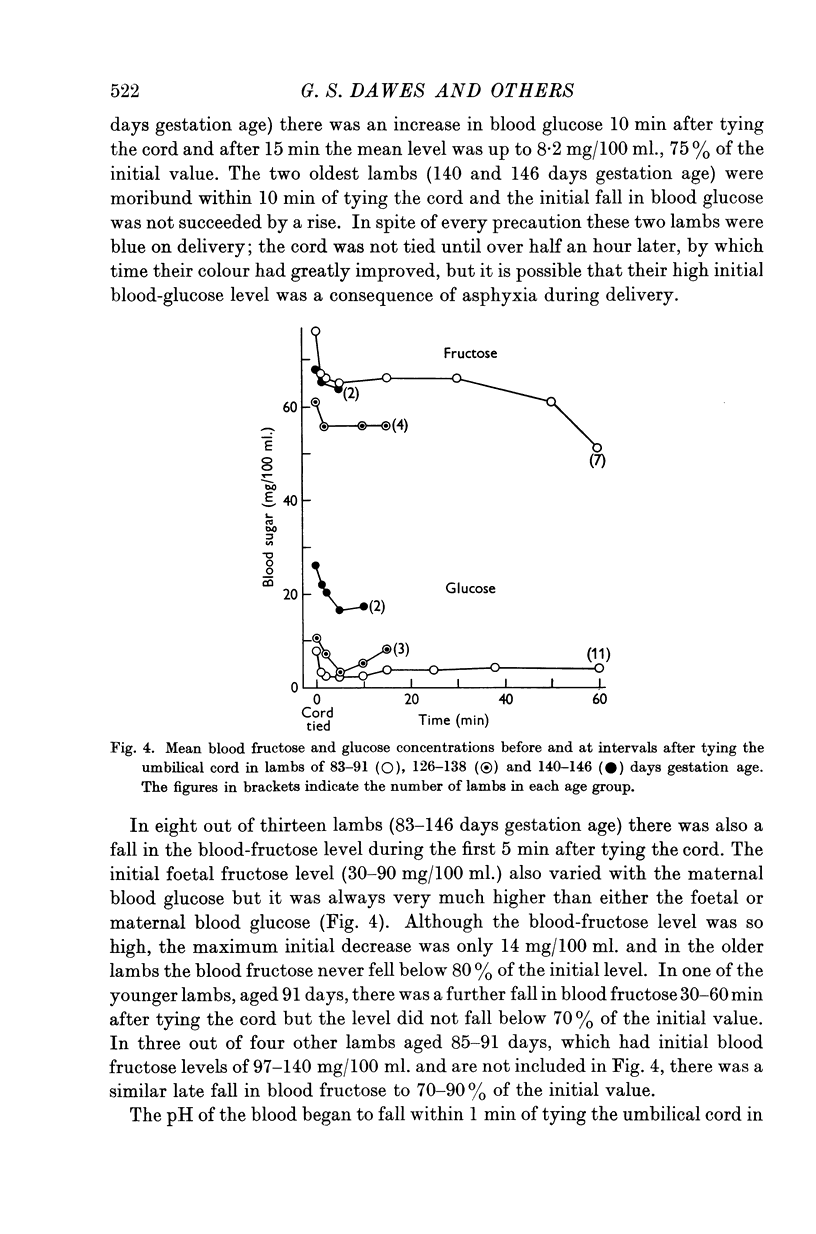
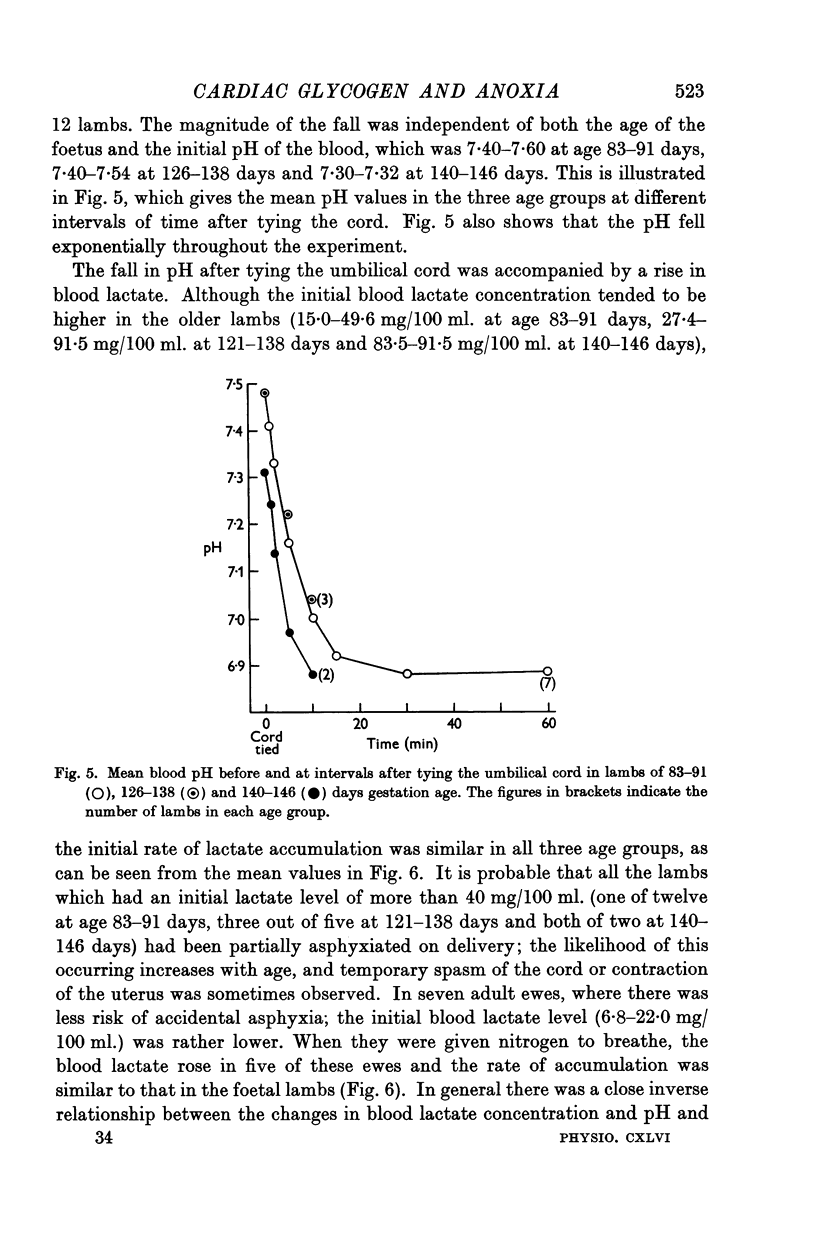
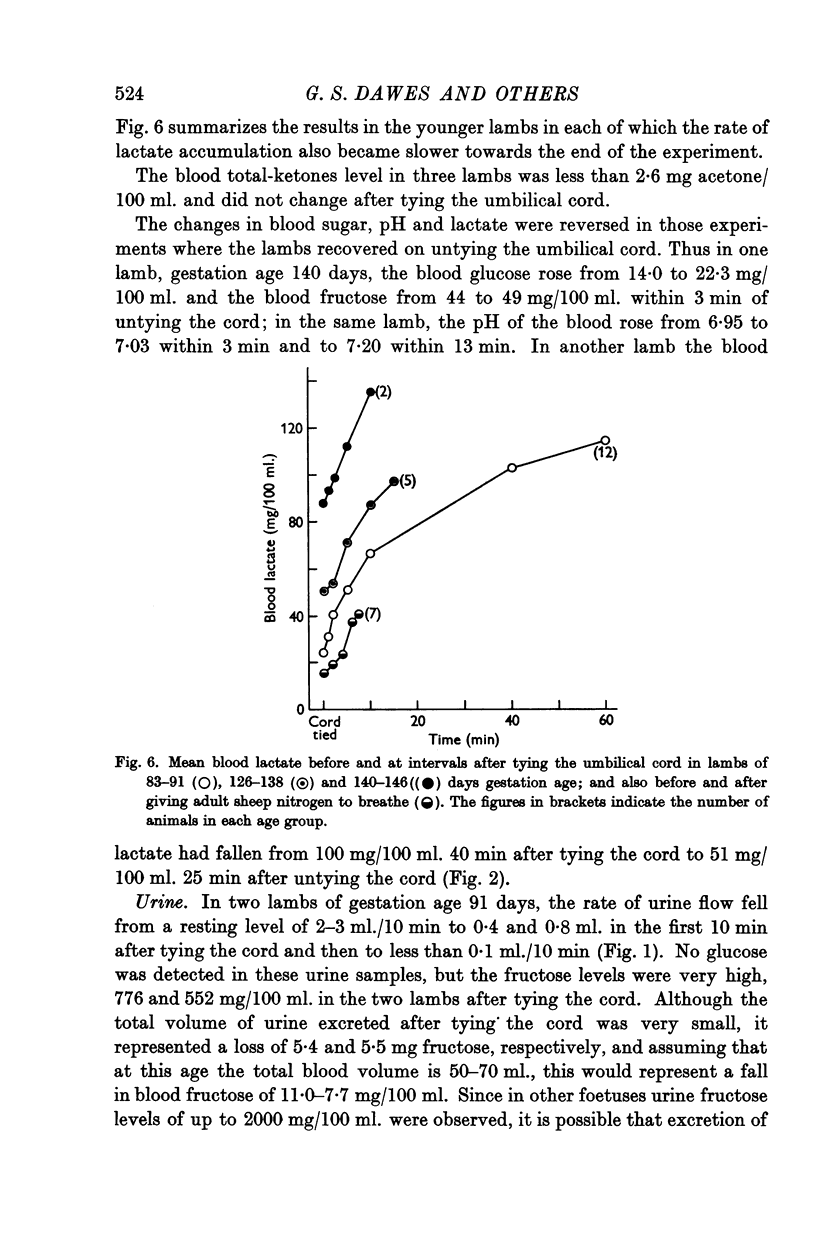
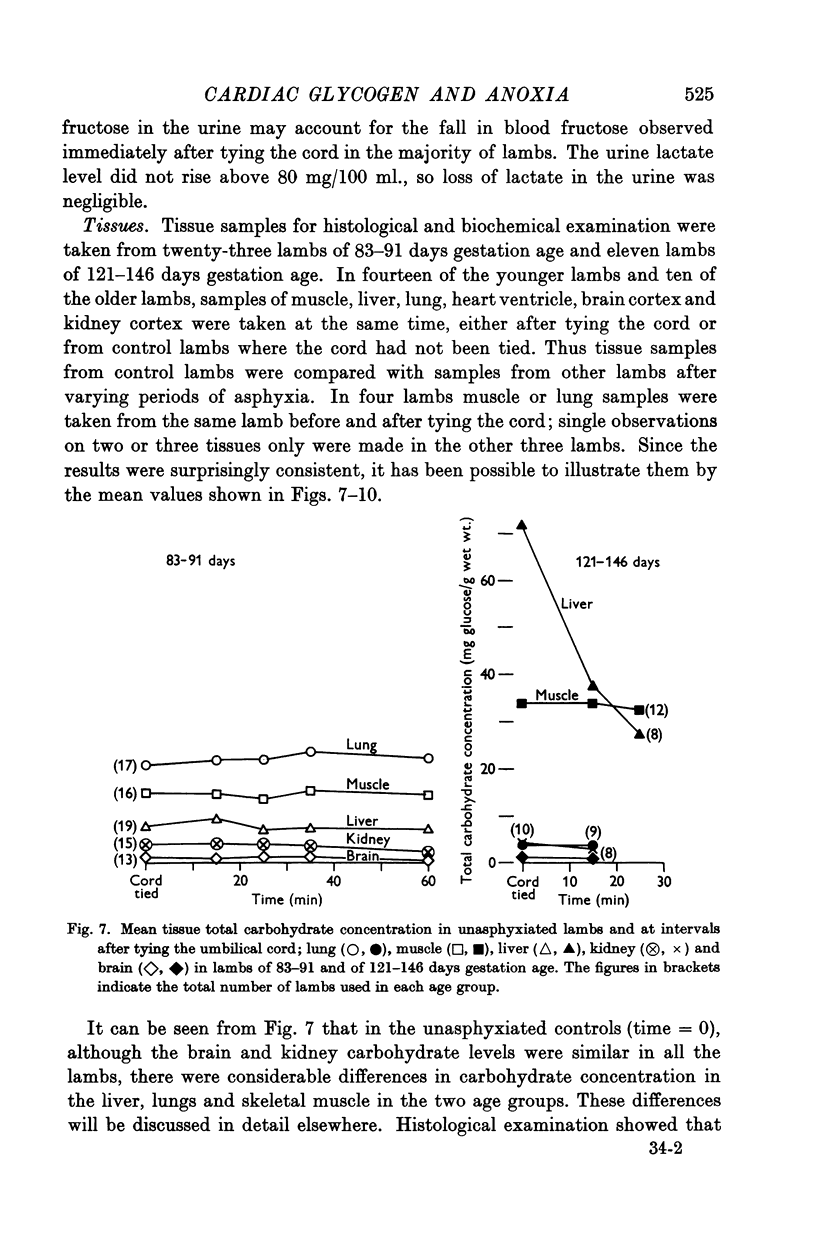
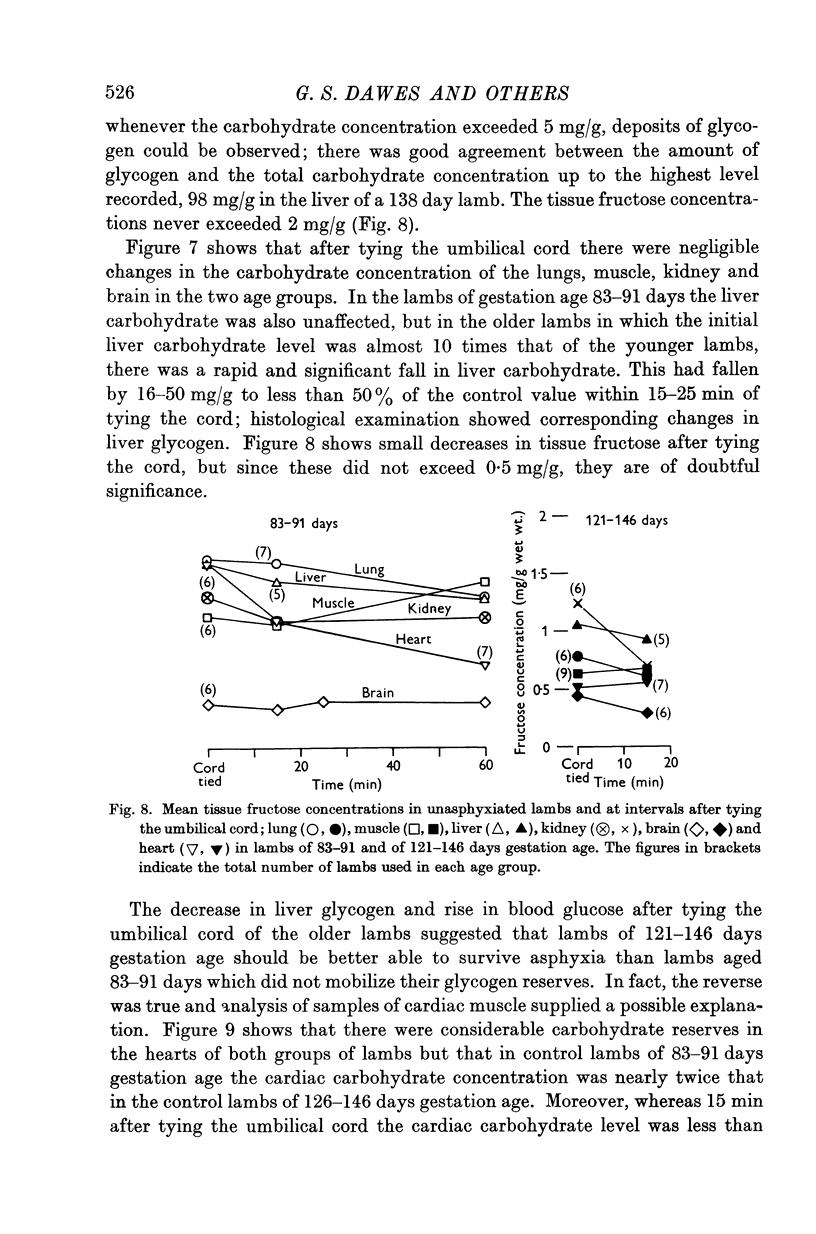
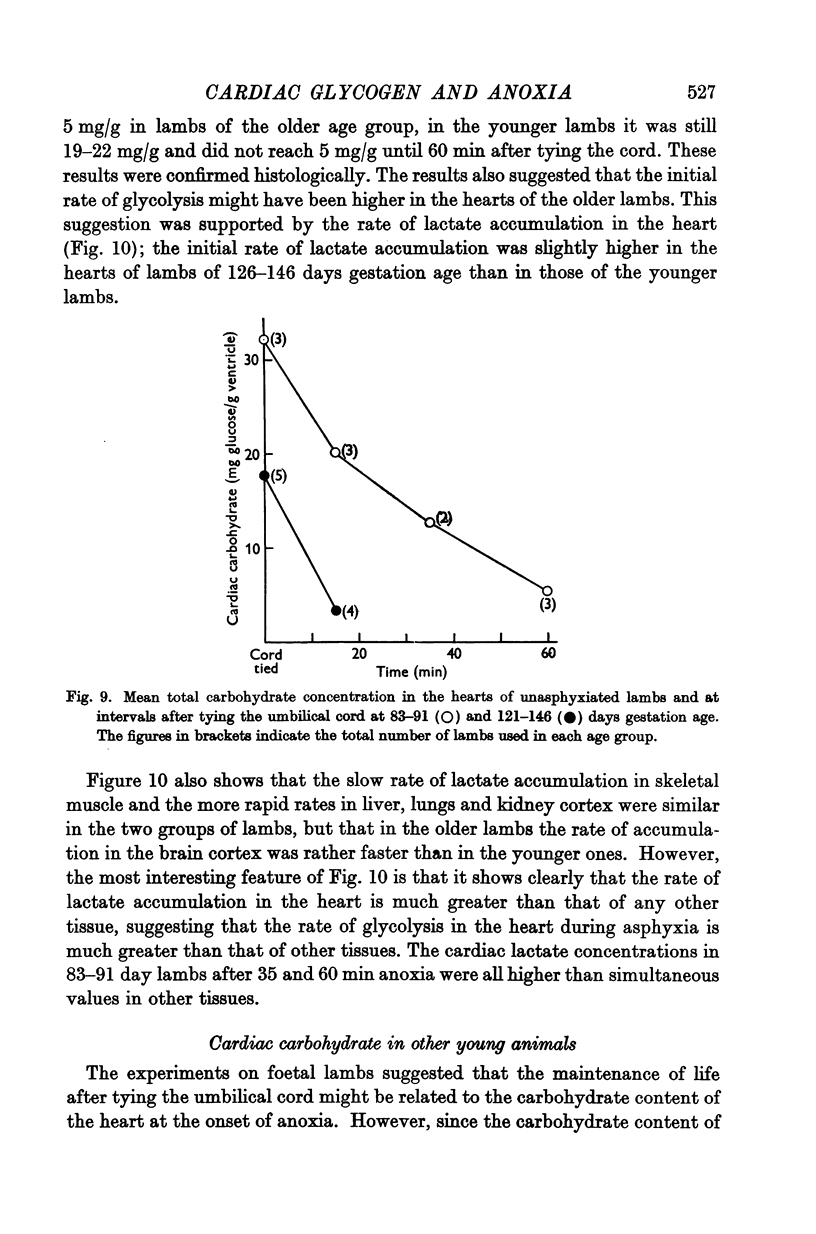
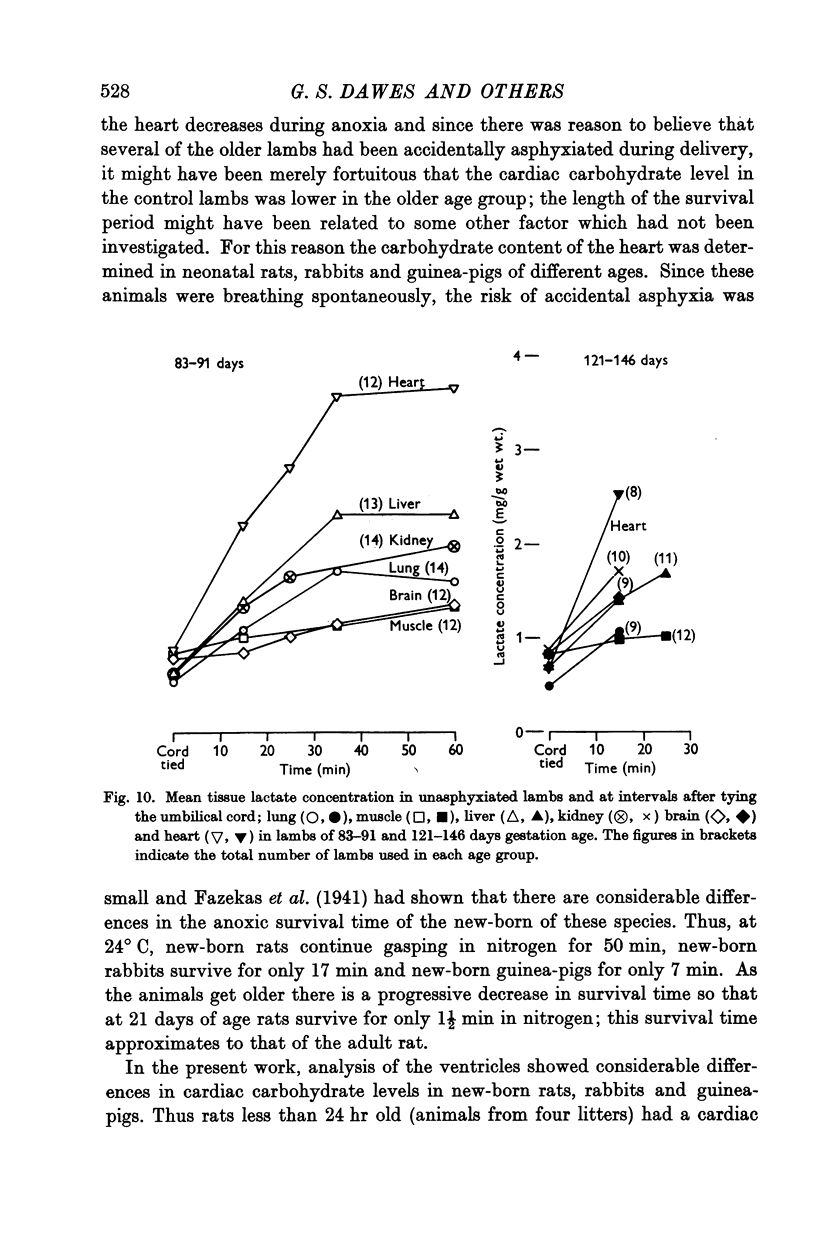
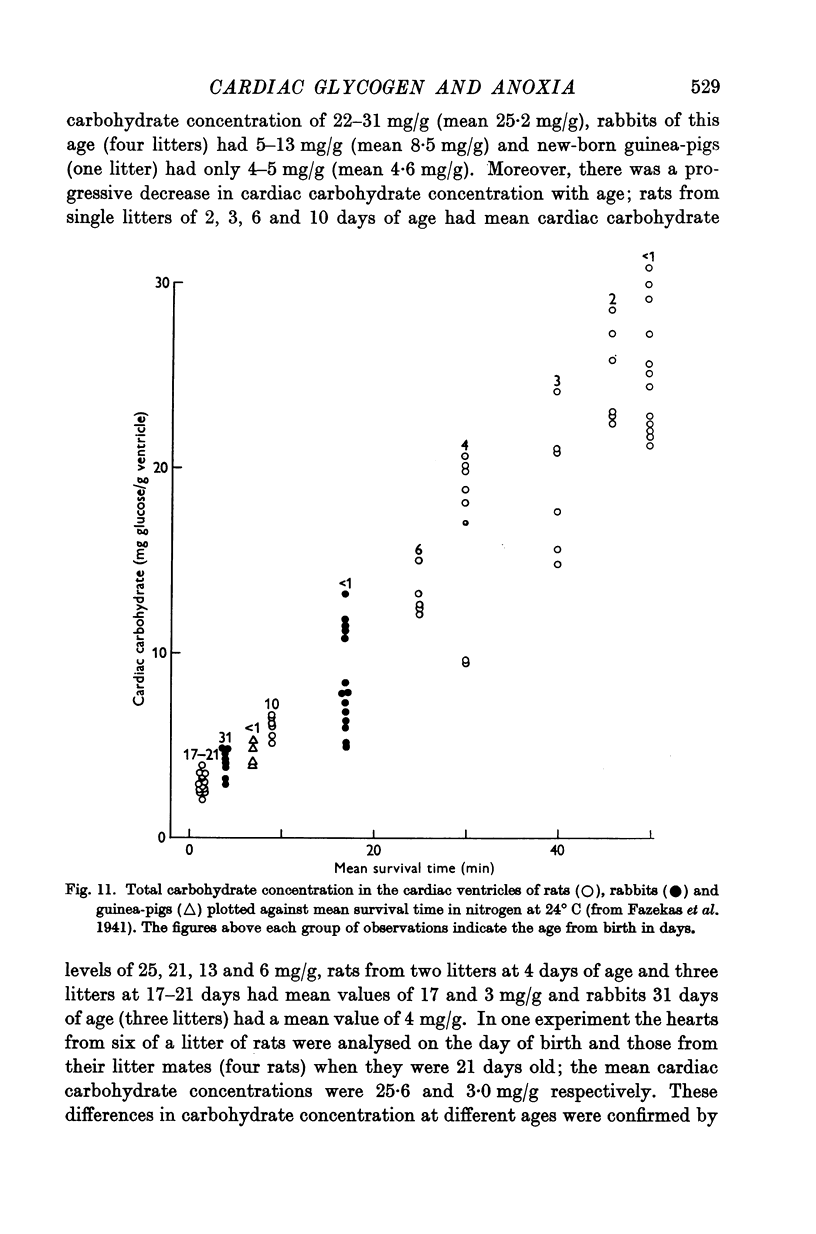
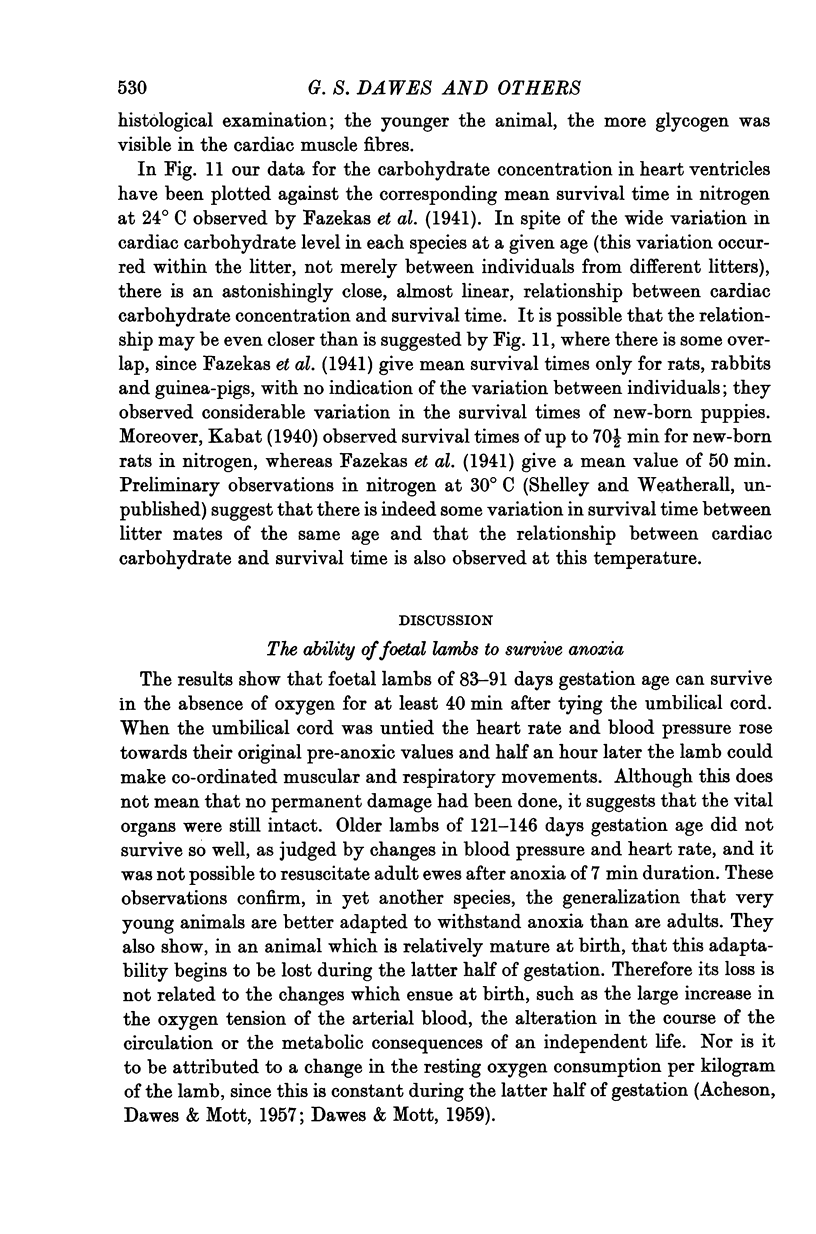
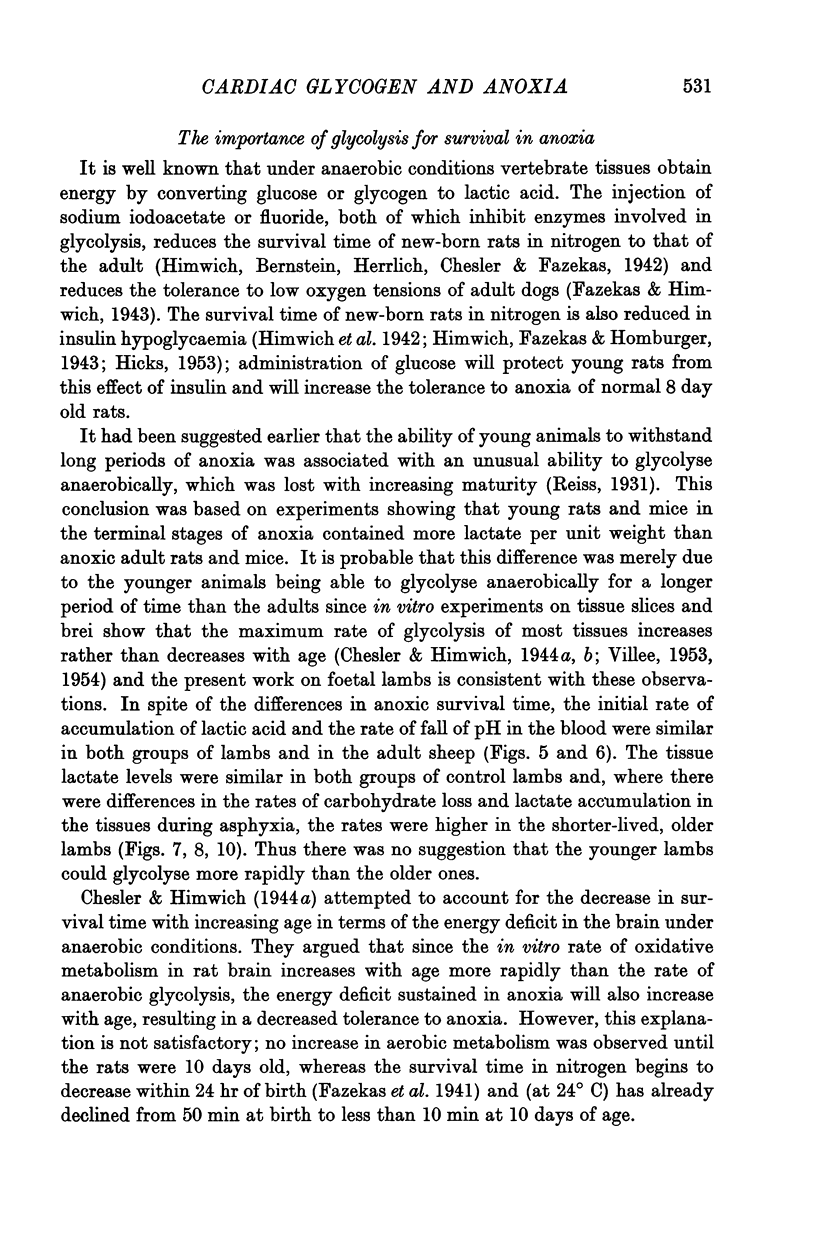
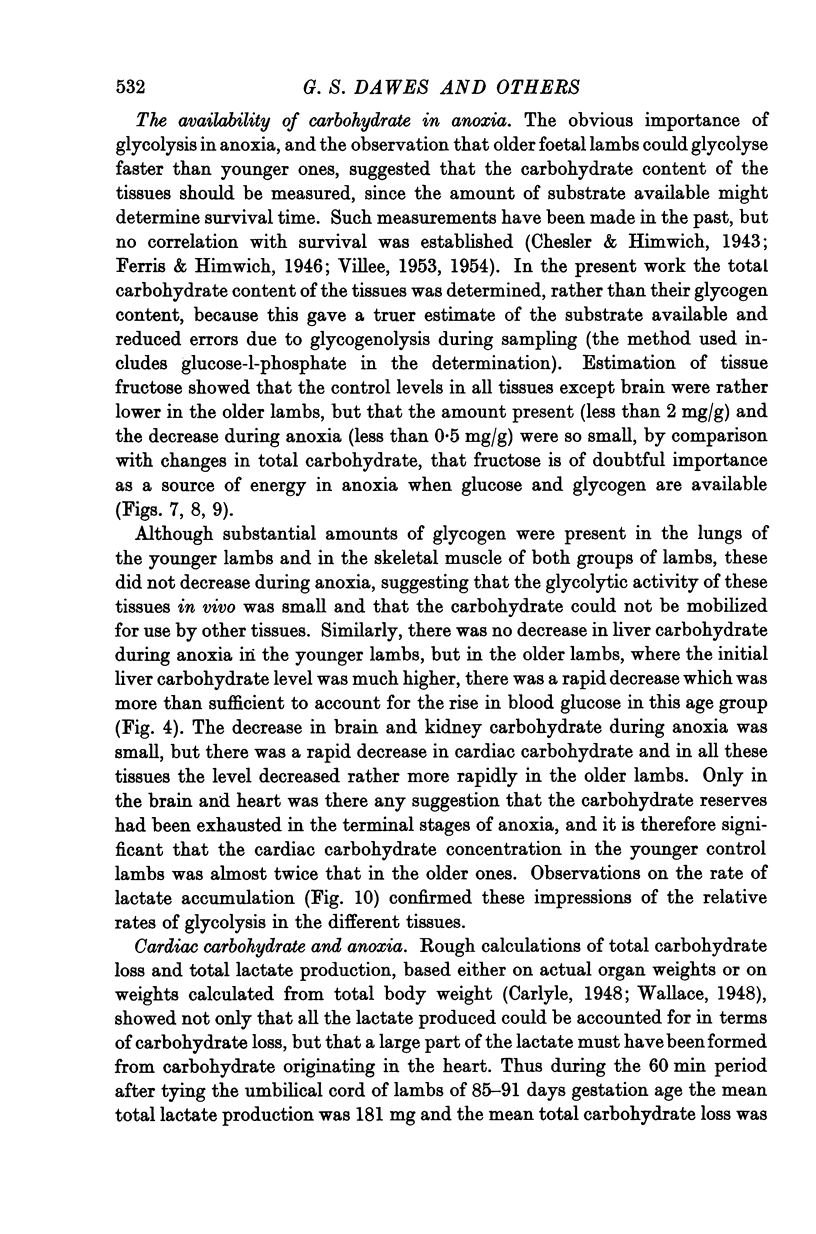
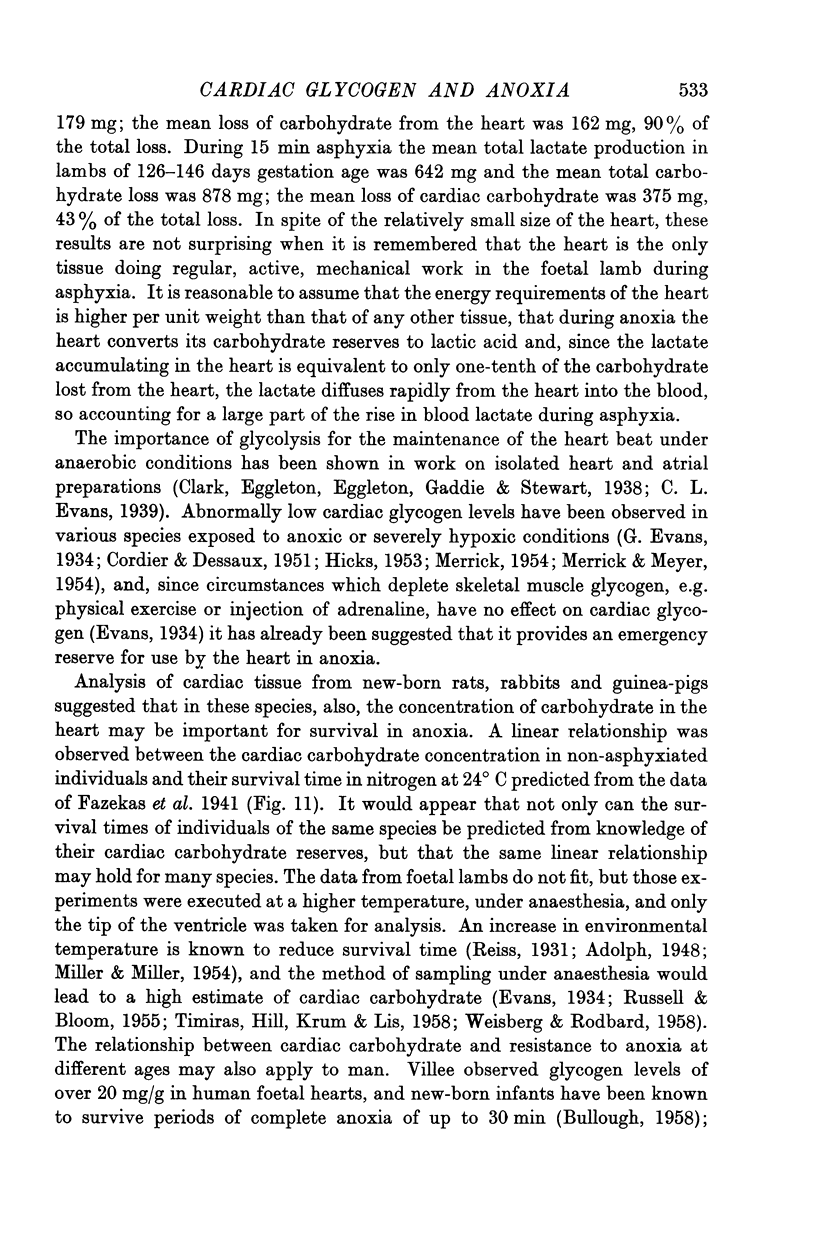
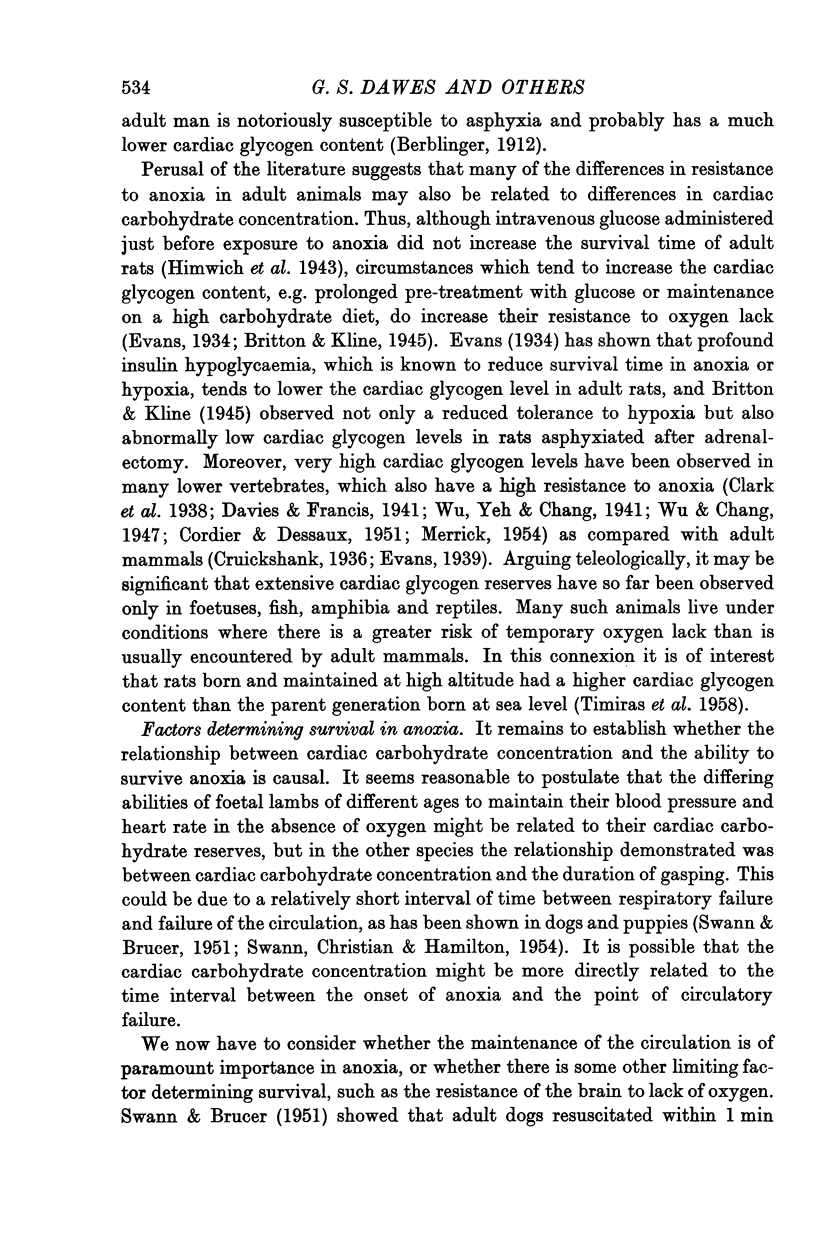
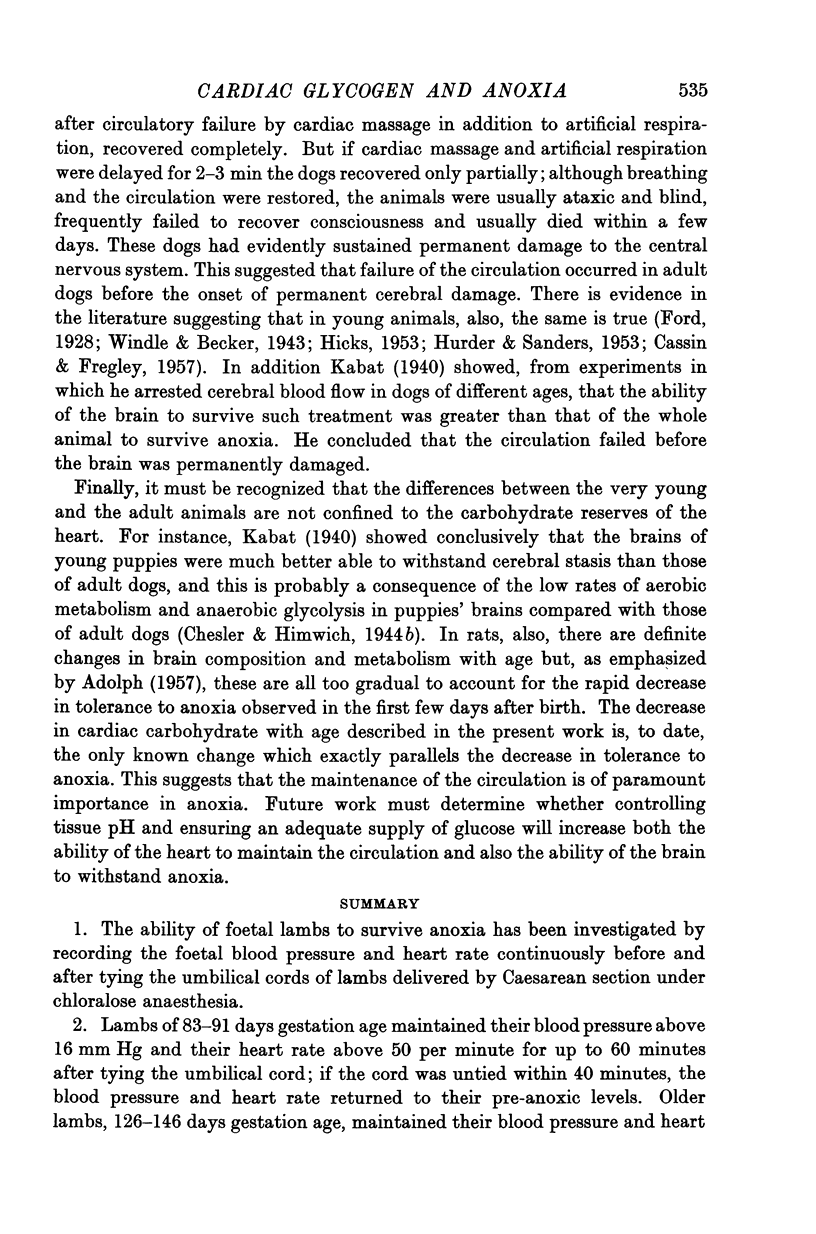
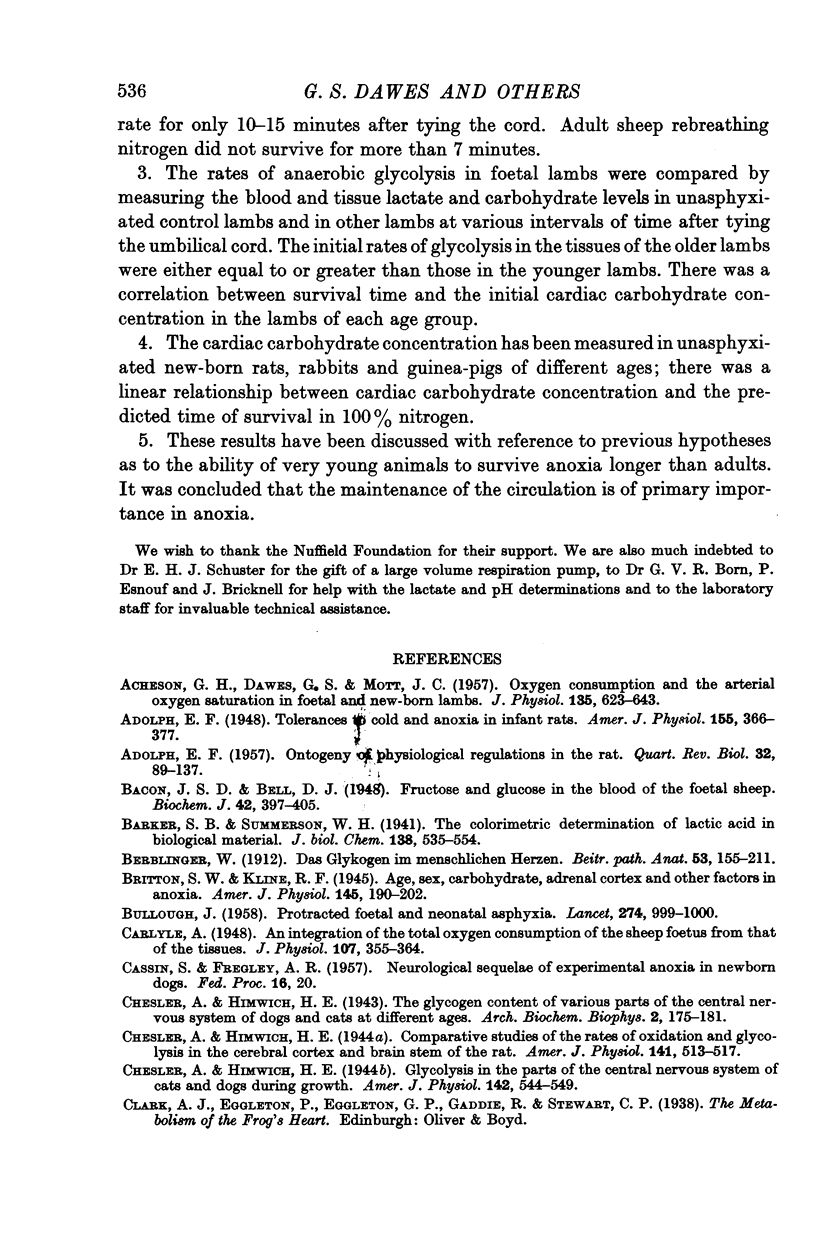
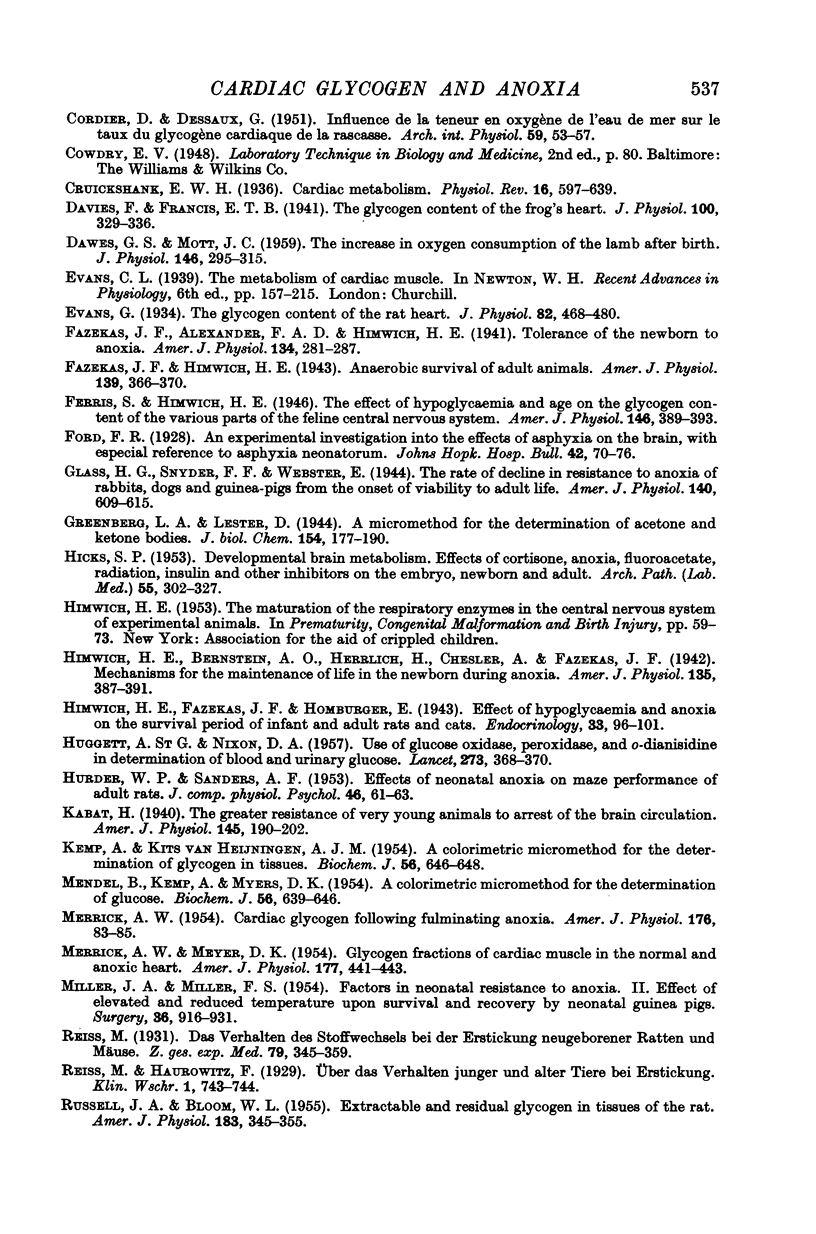
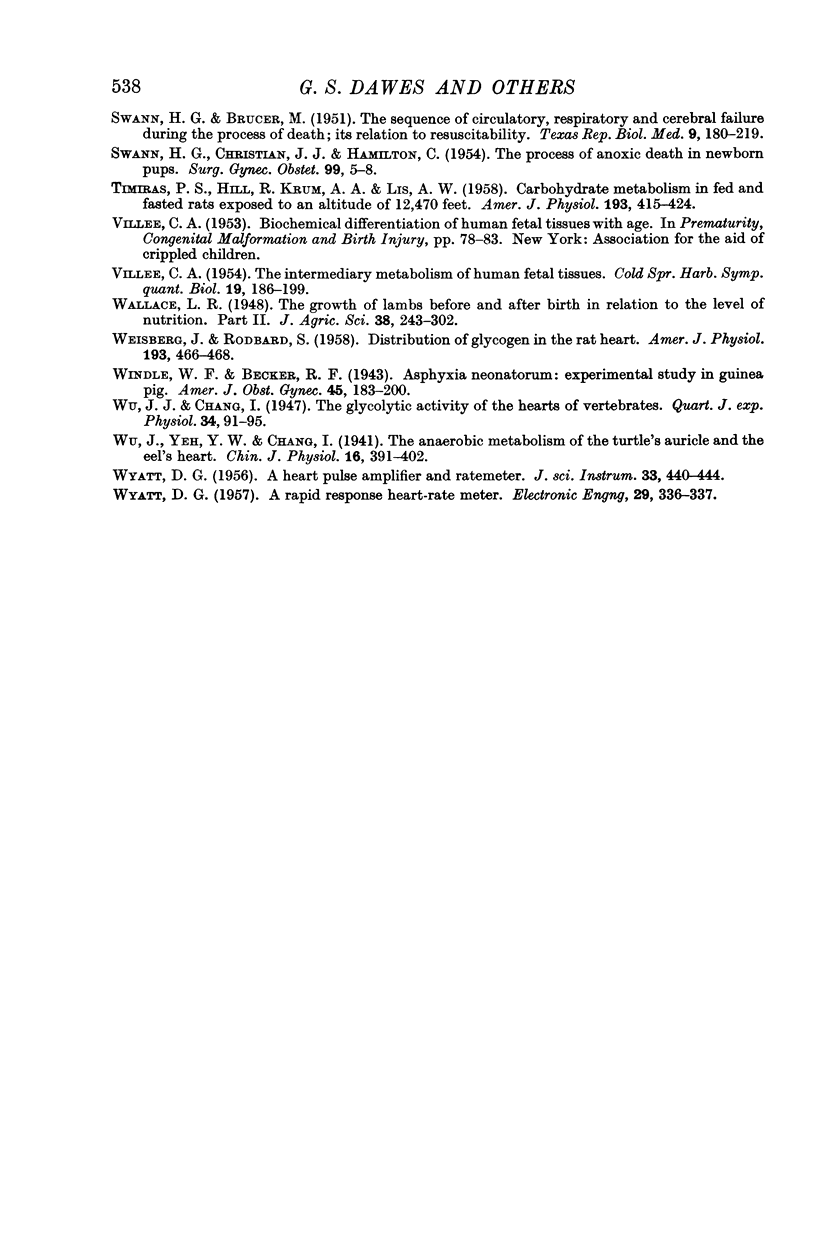
Selected References
These references are in PubMed. This may not be the complete list of references from this article.
- ACHESON G. H., DAWES G. S., MOTT J. C. Oxygen consumption and the arterial oxygen saturation in foetal and new-born lambs. J Physiol. 1957 Mar 11;135(3):623–643. doi: 10.1113/jphysiol.1957.sp005735. [DOI] [PMC free article] [PubMed] [Google Scholar]
- ADOLPH E. F. Ontogeny of physiological regulations in the rat. Q Rev Biol. 1957 Jun;32(2):89–137. doi: 10.1086/401753. [DOI] [PubMed] [Google Scholar]
- BULLOUGH J. Protracted foetal and neonatal asphyxia. Lancet. 1958 May 10;1(7028):999–1000. doi: 10.1016/s0140-6736(58)91803-8. [DOI] [PubMed] [Google Scholar]
- Bacon J. S., Bell D. J. Fructose and glucose in the blood of the foetal sheep. Biochem J. 1948;42(3):397–405. doi: 10.1042/bj0420397. [DOI] [PMC free article] [PubMed] [Google Scholar]
- CORDIER D., DESSAUX G. Influence de la teneur en oxygène de l'eau de mer sur le taux du glycogène cardiaque de la rascasse (Scorpaena porcus, L). Arch Int Physiol. 1951 May;59(1):53–57. doi: 10.3109/13813455109146624. [DOI] [PubMed] [Google Scholar]
- Carlyle A. An integration of the total oxygen consumption of the sheep foetus from that of the tissues. J Physiol. 1948 Jun 25;107(3):355–364. doi: 10.1113/jphysiol.1948.sp004280. [DOI] [PMC free article] [PubMed] [Google Scholar]
- DAWES G. S., MOTT J. C. The increase in oxygen consumption of the lamb after birth. J Physiol. 1959 May 19;146(2):295–315. doi: 10.1113/jphysiol.1959.sp006194. [DOI] [PMC free article] [PubMed] [Google Scholar]
- Davies F., Francis E. T. The glycogen content of the frog's heart. J Physiol. 1941 Nov 28;100(3):329–336. doi: 10.1113/jphysiol.1941.sp003946. [DOI] [PMC free article] [PubMed] [Google Scholar]
- Evans G. The glycogen content of the rat heart. J Physiol. 1934 Nov 12;82(4):468–480. doi: 10.1113/jphysiol.1934.sp003198. [DOI] [PMC free article] [PubMed] [Google Scholar]
- HICKS S. P. Developmental brain metabolism; effects of cortisone, anoxia fluoroacetate, radiation, insulin, and other inhibitors on the embryo, newborn, and adult. AMA Arch Pathol. 1953 Apr;55(4):302–327. [PubMed] [Google Scholar]
- HUGGETT A. S., NIXON D. A. Use of glucose oxidase, peroxidase, and O-dianisidine in determination of blood and urinary glucose. Lancet. 1957 Aug 24;273(6991):368–370. doi: 10.1016/s0140-6736(57)92595-3. [DOI] [PubMed] [Google Scholar]
- HURDER W. P., SANDERS A. F. The effects of neonatal anoxia on the maze performance of adult rats. J Comp Physiol Psychol. 1953 Feb;46(1):61–63. doi: 10.1037/h0060156. [DOI] [PubMed] [Google Scholar]
- MENDEL B., KEMP A., MYERS D. K. A colorimetric micro-method for the determination of glucose. Biochem J. 1954 Apr;56(4):639–646. doi: 10.1042/bj0560639. [DOI] [PMC free article] [PubMed] [Google Scholar]
- MERRICK A. W. Cardiac glycogen following fulminating anoxia. Am J Physiol. 1954 Jan;176(1):83–85. doi: 10.1152/ajplegacy.1953.176.1.83. [DOI] [PubMed] [Google Scholar]
- MERRICK A. W., MEYER D. K. Glycogen fractions of cardiac muscle in the normal and anoxic heart. Am J Physiol. 1954 Jun;177(3):441–443. doi: 10.1152/ajplegacy.1954.177.3.441. [DOI] [PubMed] [Google Scholar]
- MILLER J. A., Jr, MILLER F. S. Factors in neonatal resistance to anoxia. II. Effects of elevated and reduced temperature upon survival and recovery by neonatal guinea pigs. Surgery. 1954 Nov;36(5):916–930. [PubMed] [Google Scholar]
- RUSSELL J. A., BLOOM W. L. Extractable and residual glycogen in tissues of the rat. Am J Physiol. 1955 Dec;183(3):345–355. doi: 10.1152/ajplegacy.1955.183.3.345. [DOI] [PubMed] [Google Scholar]
- SWANN H. G., BRUCER M. The sequence of circulatory, respiratory and cerebral failure during the process of death; its relation to resuscitability. Tex Rep Biol Med. 1951;9(1):180–219. [PubMed] [Google Scholar]
- SWANN H. G., CHRISTIAN J. J., HAMILTON C. The process of anoxic death in newborn pups. Surg Gynecol Obstet. 1954 Jul;99(1):5–8. [PubMed] [Google Scholar]
- TIMIRAS P. S., HILL R., KRUM A. A., LIS A. W. Carbohydrate metabolism in fed and fasted rats exposed to an altitude of 12,470 feet. Am J Physiol. 1958 May;193(2):415–424. doi: 10.1152/ajplegacy.1958.193.2.415. [DOI] [PubMed] [Google Scholar]
- VILLEE C. A. The intermediary metabolism of human fetal tissues. Cold Spring Harb Symp Quant Biol. 1954;19:186–199. doi: 10.1101/sqb.1954.019.01.025. [DOI] [PubMed] [Google Scholar]
- WEISBERG J., RODBARD S. Distribution of glycogen in the rat heart. Am J Physiol. 1958 Jun;193(3):466–468. doi: 10.1152/ajplegacy.1958.193.3.466. [DOI] [PubMed] [Google Scholar]


